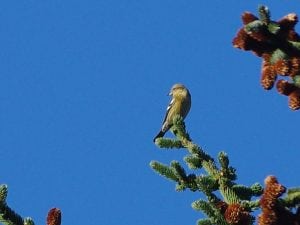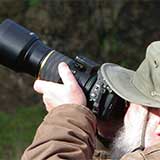Tillamook Coast Life Blog
Sitka Sedge State Natural Area now open!
A new State Park
The much-anticipated Sitka Sedge State Natural Area had its grand opening this summer.
After the Oregon State Park acquired the “Beltz Farm” property at the south end of Sand Lake, abutting the community of Tierra del Mar, it began its transformation.
As a State Natural Area, the site is reserved for passive recreation such as hiking, nature observation, and photography. Development of the property will be limited to a parking area, vault toilet restroom, trails, and habitat restoration.
Along with the natural area, the “Beltz Dike Trail” that is already open.
The Beltz Dike Trail begins in the middle of the small pasture, extends west then north on the dike for about half a mile, into a tract of vegetated dunes, and then winds over to the beach. The trail is level and currently in good shape. The dike is lined with Sitka Spruce and other trees. It separates the open water of Sand Lake from a large marshy area to the south.
Crossbills sighted on Tillamook Coast
White-winged Crossbills were sighted on the Tillamook Coast at the end of November, which is quite unusual. They are boreal-forest birds, rarely seen in western Oregon. This winter they have been found scattered thinly all along the coast from southwestern Washington to northwestern California.

In Tillamook County, they were found close beaches that had scattered Sitka Spruce in fairly open settings. The largest sightings were found at Barview County Park, the Bayocean Spit, and the Sitka Sedge property.
To find these birds, carefully examine with binoculars the tops of the trees, as well as the branches bearing cones. Some of the time a bird or two will perch at the top, silhouetted against the sky; otherwise, they will be down on the cones, prying loose the seeds. Sometimes they are by themselves, but more often they are in mixed flocks with Red Crossbills.
If you find a flock of Red Crossbills in a spruce, try to get good looks at all the birds you can – the white wing bars will really stand out. They do have distinctive voices as well, including a chattering call that one Oregon birder has compared to “a flock of kingfishers.” The general pattern in Crossbills is to call a lot while flying, but to be pretty quiet when feeding.

